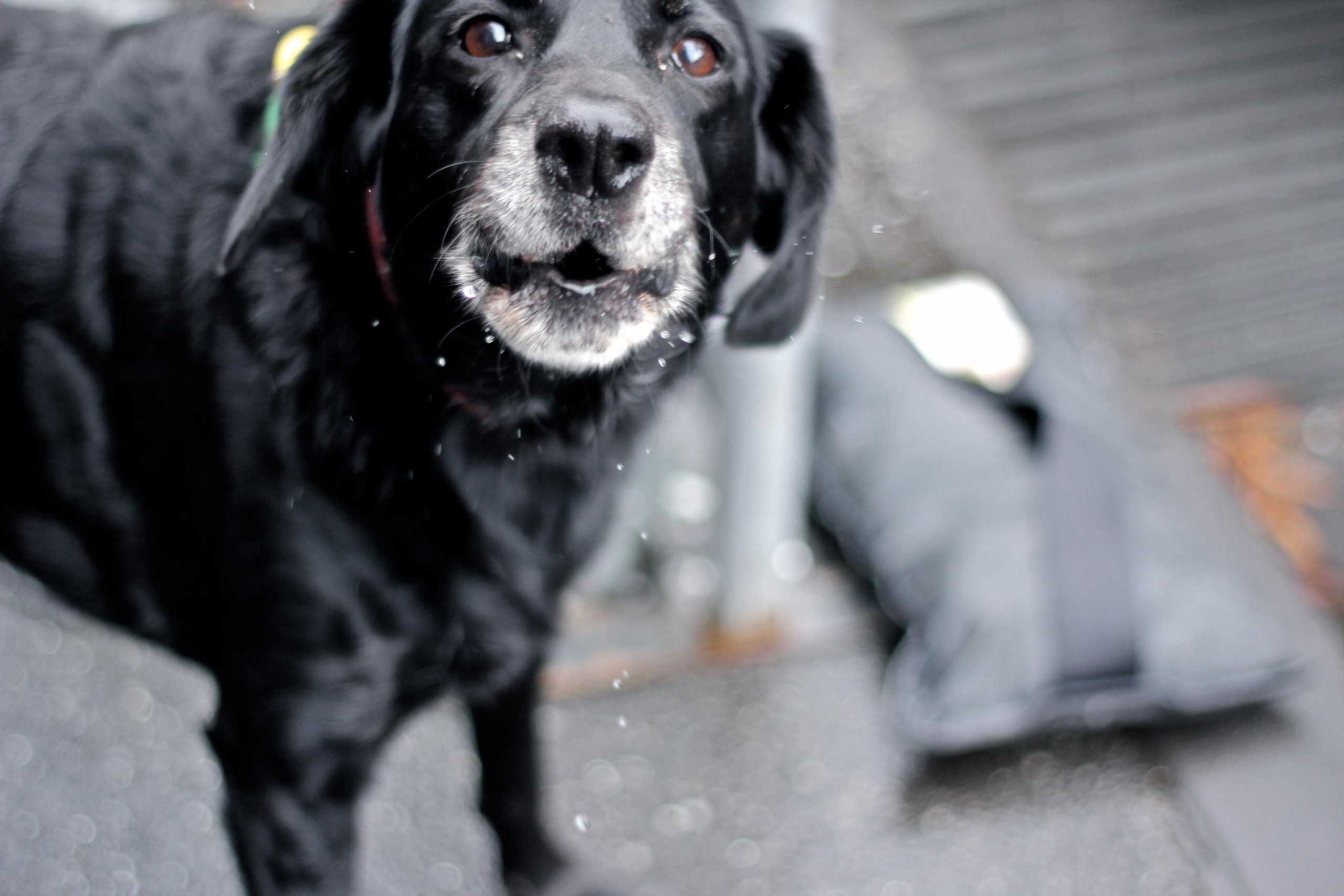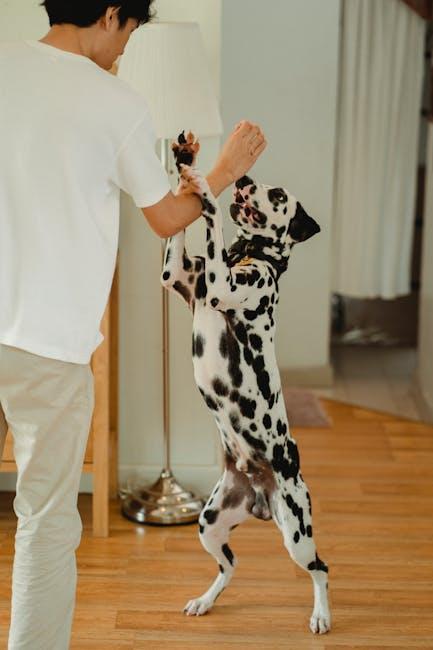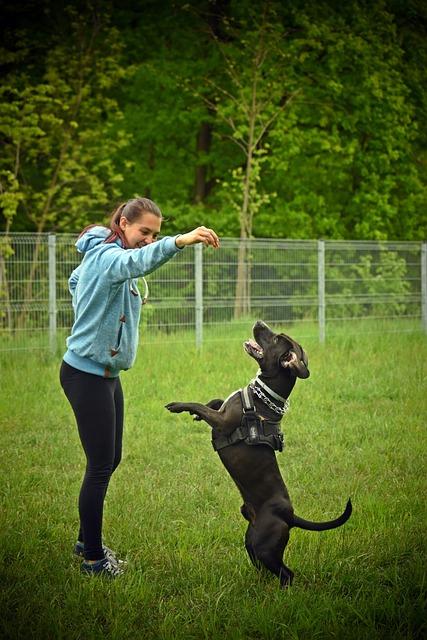Tips to Stop Your Dog From Barking at Other Dogs

Barking is a natural form of communication for dogs, but when it becomes excessive or disruptive, especially when directed at other dogs, it can pose challenges for both pet owners and their canine companions. Understanding why dogs bark at each other is the first step toward addressing this behavior. Whether it’s a response to excitement, fear, or territorial instincts, there are effective strategies to help manage and reduce unnecessary barking. This article will provide practical tips and techniques to help you guide your dog toward calmer interactions, enhancing your walks and strengthening your bond with your furry friend. By implementing these strategies, you’ll create a more peaceful environment for both your dog and those around you.
Understanding the Root Causes of Your Dogs Barking
Dogs communicate in many ways, and barking is a primary form of expression. To address this behavior, it’s crucial to identify what triggers your dog’s vocalizations. Fear or anxiety is a common cause; your dog might bark at other dogs due to feeling threatened or uneasy. Territorial instincts can also play a role, as dogs often bark to assert dominance or protect their space. Furthermore, excitement or playfulness can lead to barking when your dog is eager to interact with others. Understanding these underlying causes is the first step in managing the behavior effectively.
- Fear or Anxiety: Look for signs such as cowering or retreating, which may indicate your dog is barking out of fear.
- Territorial Instincts: Notice if your dog barks more frequently in familiar settings, suggesting a protective response.
- Excitement or Playfulness: Pay attention to tail wagging and jumping, which often accompany playful barking.
By observing these behaviors, you can tailor your approach to address the specific reasons behind your dog’s barking, creating a more peaceful environment for both you and your pet.

Implementing Effective Training Techniques to Curb Barking
To address your dog’s barking at other dogs, it’s crucial to implement training techniques that are both consistent and positive. Start by identifying the triggers that cause your dog to bark, such as specific situations or types of dogs. Once you know what sets them off, you can work on desensitizing your dog to these stimuli. Positive reinforcement is key; reward your dog with treats, praise, or playtime whenever they remain calm in the presence of another dog. This encourages them to associate other dogs with positive experiences rather than anxiety or excitement.
Consistency is equally important. Ensure everyone in your household follows the same training methods to avoid confusing your dog. Practice regularly in various settings to help your dog generalize the behavior. Here are some effective techniques you can incorporate:
- Clicker Training: Use a clicker to mark the exact moment your dog is calm, followed by a treat.
- Counter-Conditioning: Gradually expose your dog to other dogs at a distance they can handle without barking, rewarding calm behavior.
- Focus Commands: Teach your dog to focus on you instead of the trigger using commands like “watch me” or “look here”.
By using these techniques, you can help your dog learn to stay calm and relaxed around other dogs, reducing unwanted barking behavior.

Utilizing Positive Reinforcement to Encourage Calm Behavior
One effective method to curb your dog’s barking at other dogs is by using positive reinforcement. This approach involves rewarding your dog for calm behavior, helping them associate peaceful interactions with positive outcomes. Here are some strategies to implement:
- Reward Calmness: Whenever your dog remains calm in the presence of another dog, immediately offer a treat or verbal praise. This reinforces the idea that staying calm is a desirable behavior.
- Use a Clicker: A clicker can serve as a precise way to mark the moment your dog displays the desired behavior. Pair the click with a treat to strengthen the connection between calmness and rewards.
- Practice Consistently: Regularly expose your dog to situations where they can practice being calm. Over time, consistent practice will help them naturally adopt this behavior.
- Gradual Exposure: Start with situations where the other dog is at a distance, gradually decreasing the distance as your dog becomes more comfortable. This step-by-step approach helps to avoid overwhelming your dog.
By focusing on these positive reinforcement techniques, you can encourage your dog to develop a calm demeanor when encountering other dogs, leading to more enjoyable walks and interactions for both of you.

Incorporating Consistent Commands and Cues in Everyday Walks
Ensuring your dog understands and responds to consistent commands and cues can be a game-changer in managing their behavior during walks. Begin by establishing a set of simple commands such as “sit,” “stay,” and “leave it.” Use these consistently every time you anticipate an interaction with other dogs. It’s crucial to keep the commands straightforward and uniform, ensuring every family member uses the same words and gestures to avoid confusing your dog.
- Use a calm voice: Speak in a steady, firm tone to convey authority without intimidating your dog.
- Positive reinforcement: Reward your dog with treats or praise when they respond correctly to a command, reinforcing good behavior.
- Practice regularly: Integrate these commands into daily activities, not just walks, to build a routine that your dog understands and anticipates.
By integrating these cues into your everyday interactions, your dog will learn to associate them with expected behaviors, reducing anxiety and the likelihood of barking at other dogs. Consistency is key, and with time, these commands will become second nature to your furry friend.



